The Easter Bunny
Why did bunnies and chickens become symbols of Easter? How was Easter celebrated in earlier times? What traditions do we have now? What happens outside the White House every Easter?

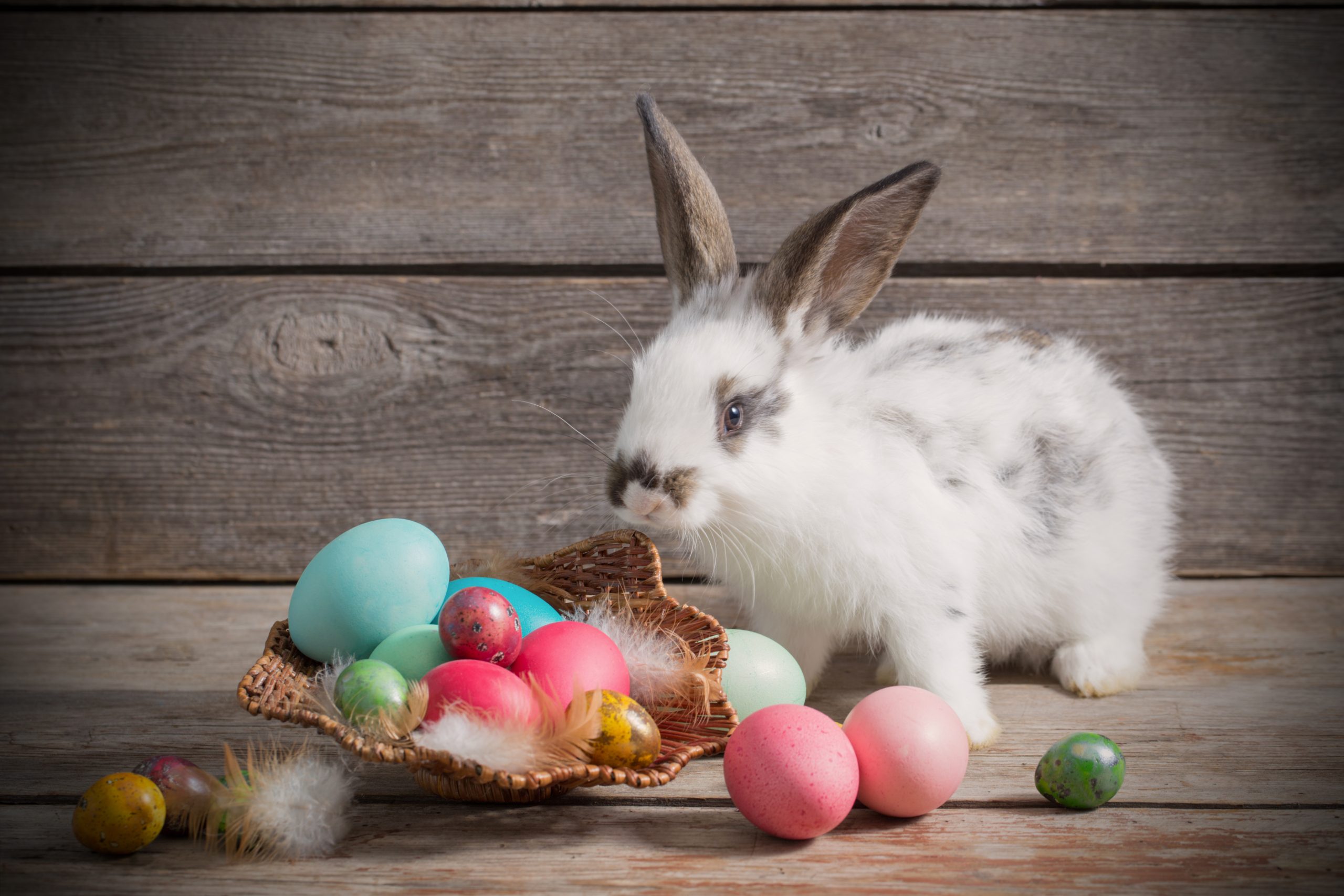
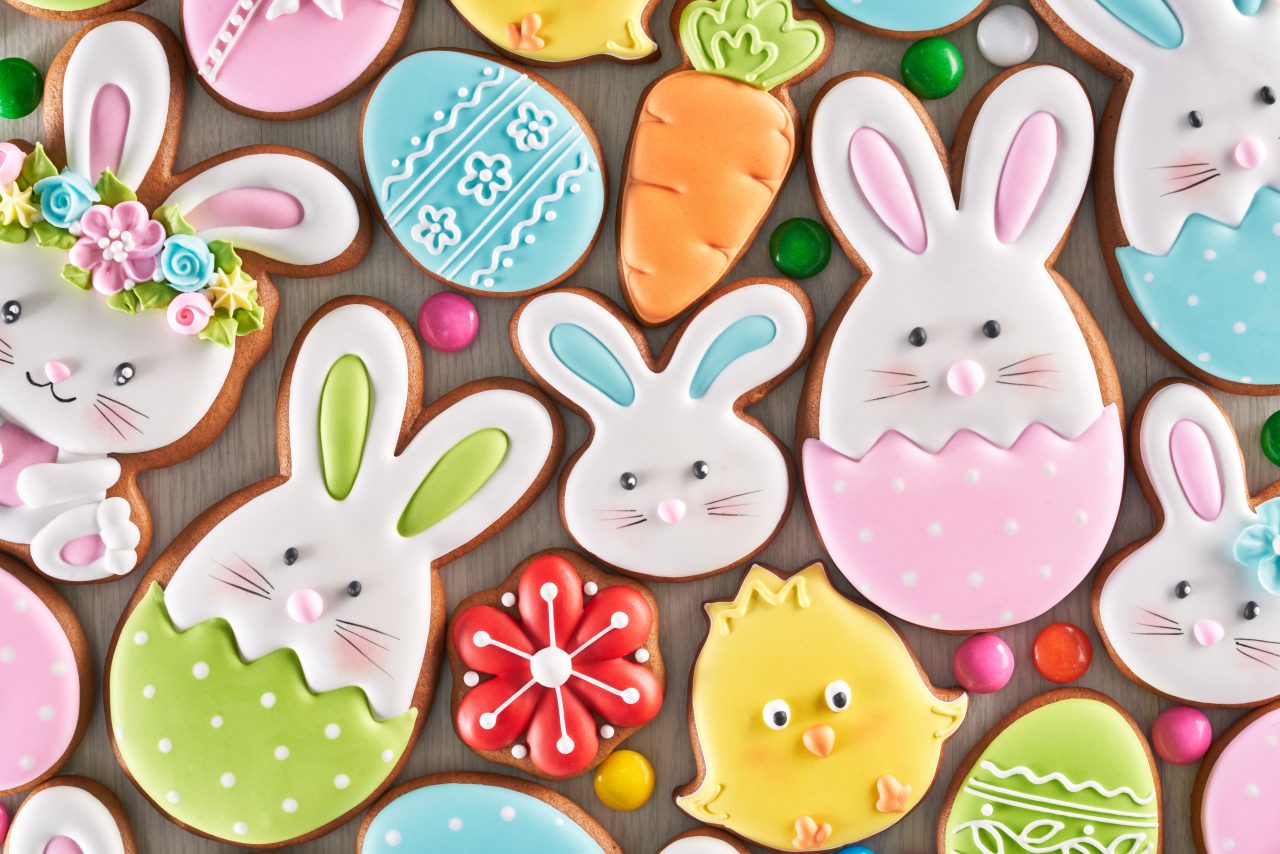
Why does the Easter Bunny hide eggs?
There are several theories as to why the bunny hides eggs at Easter. The theories are based on myths and hypotheses, but we can’t be certain of the background of the Easter Bunny.
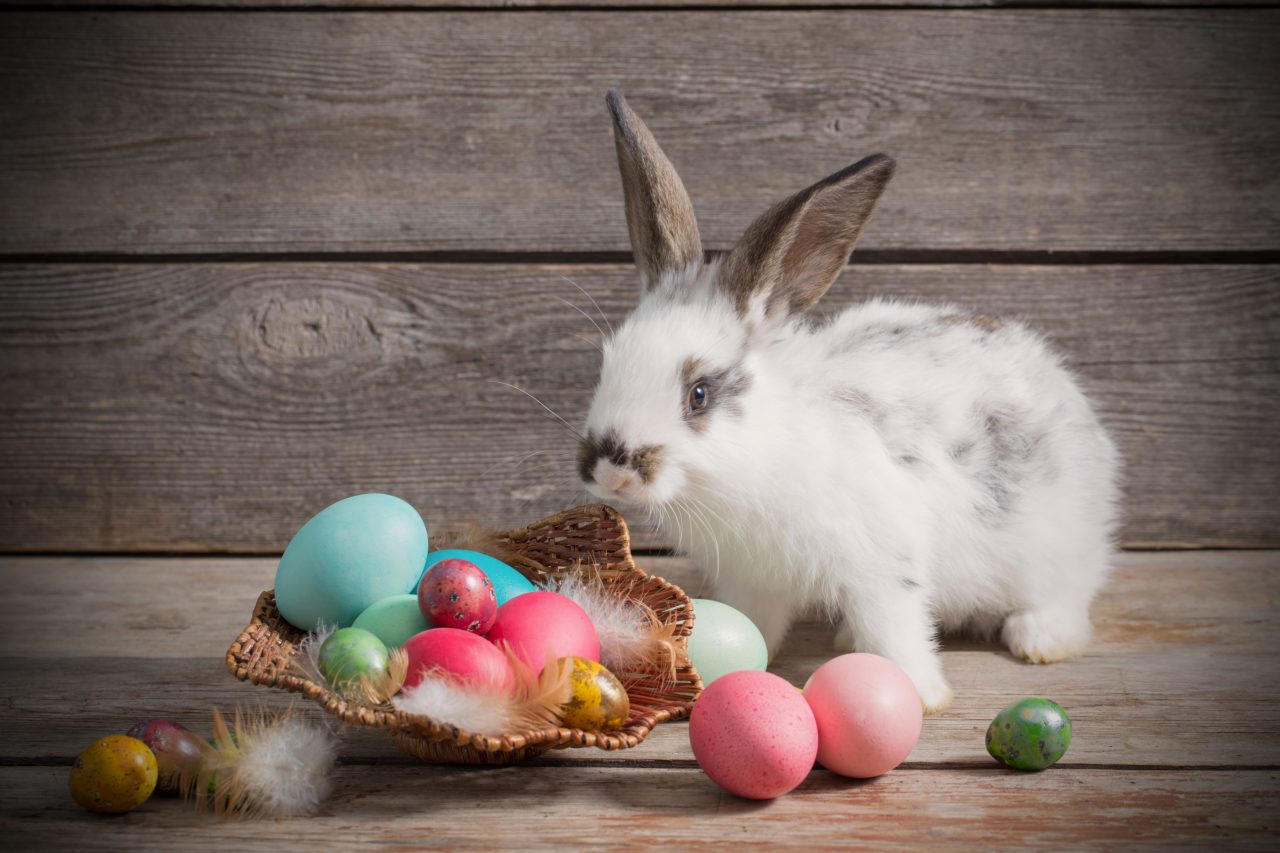
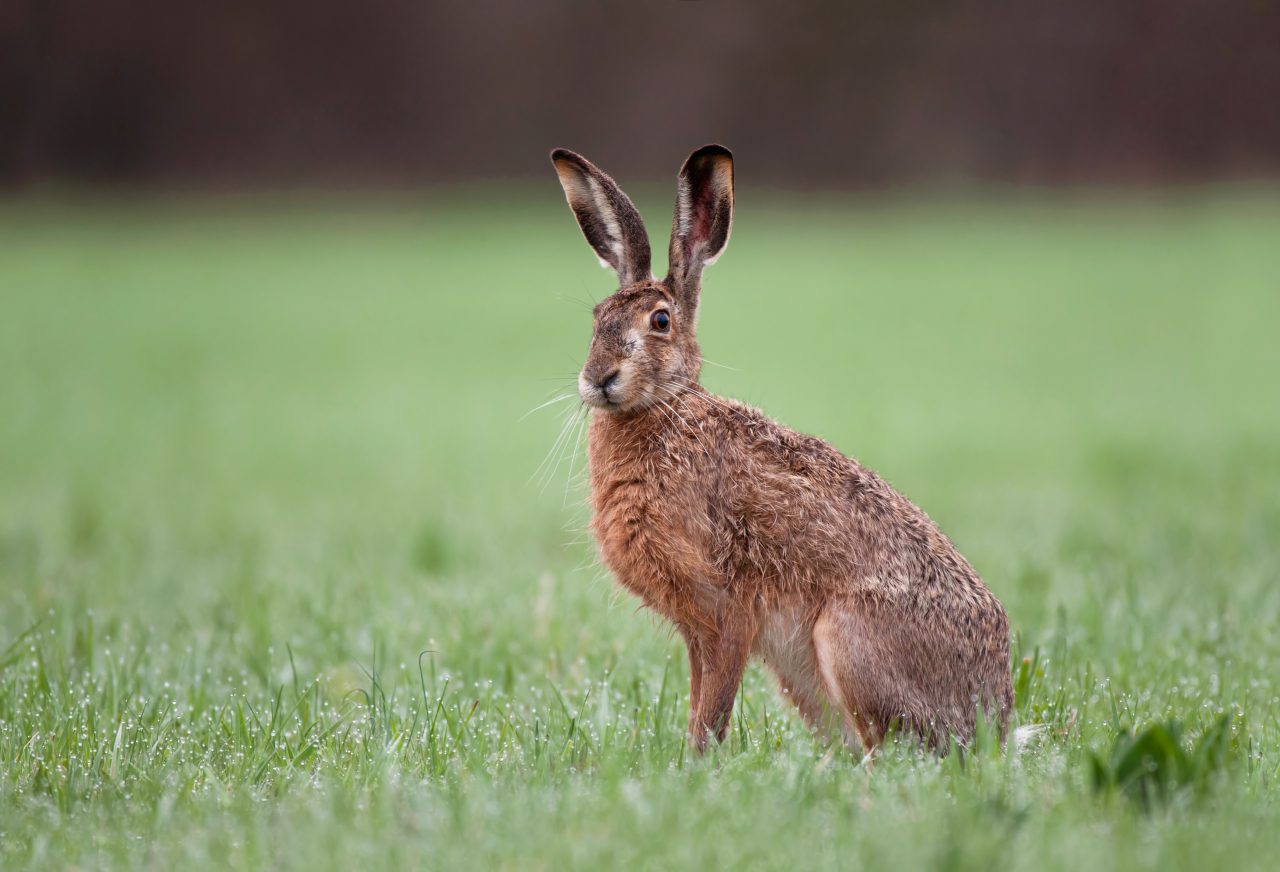
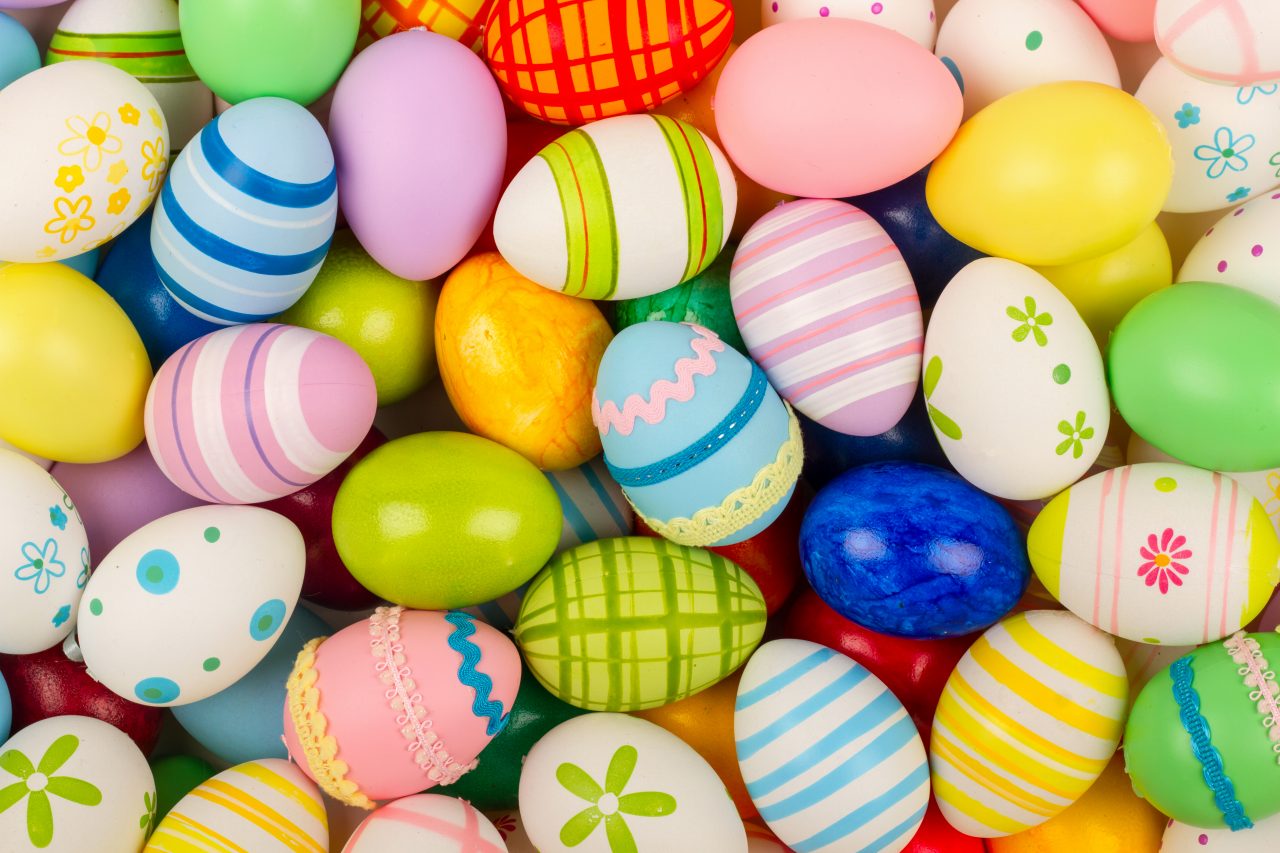
The Easter Bunny in Norway
Many people think that the tradition of the Easter Bunny started in the United States. American toy and sweets manufactures marketed the Easter Bunny in the 20th century, and gave it the name “the Easter Bunny”
But a woman in Trondheim wrote that they played with Easter Bunnies at the start of the 19th century. The children were convinced that the Easter Bunny was real.
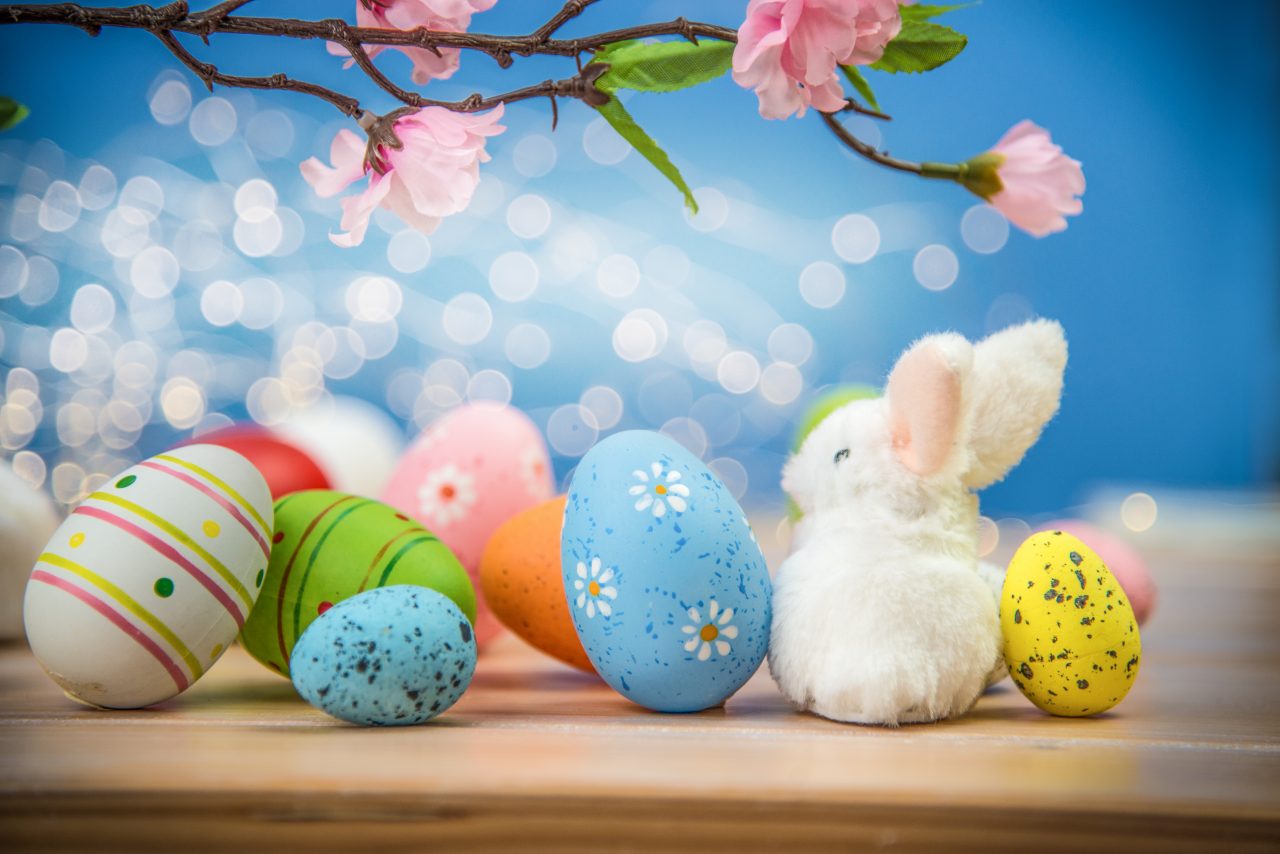

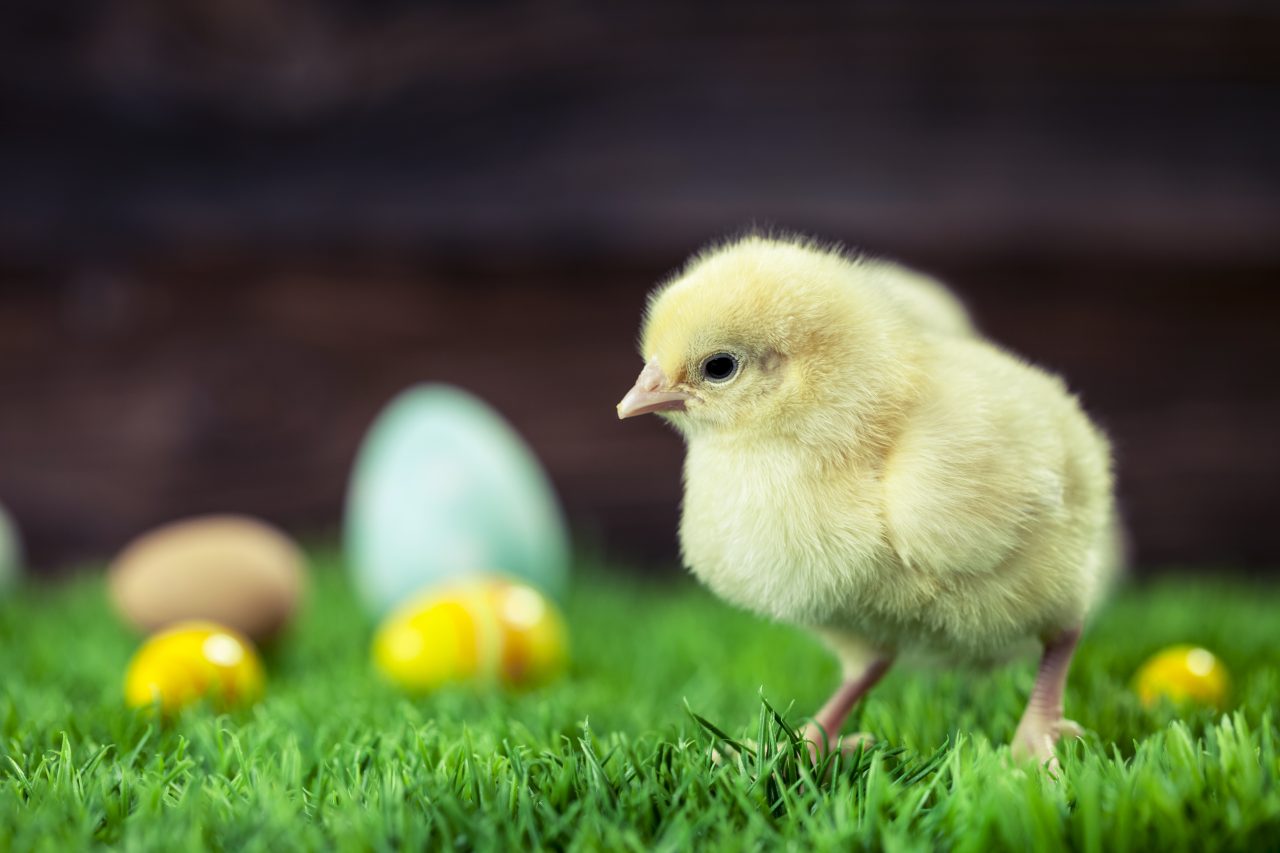
Påskekylling
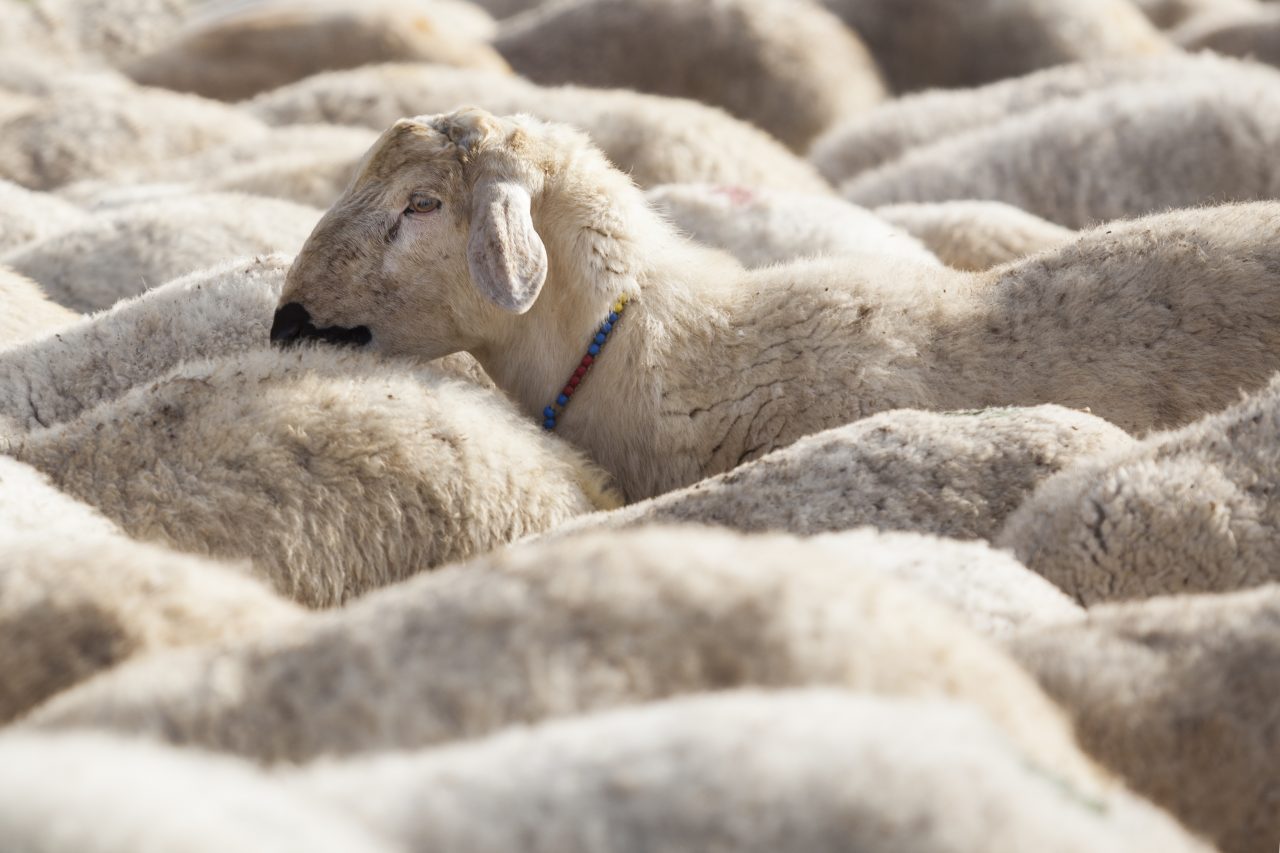
Saueflokk på vei til slakting
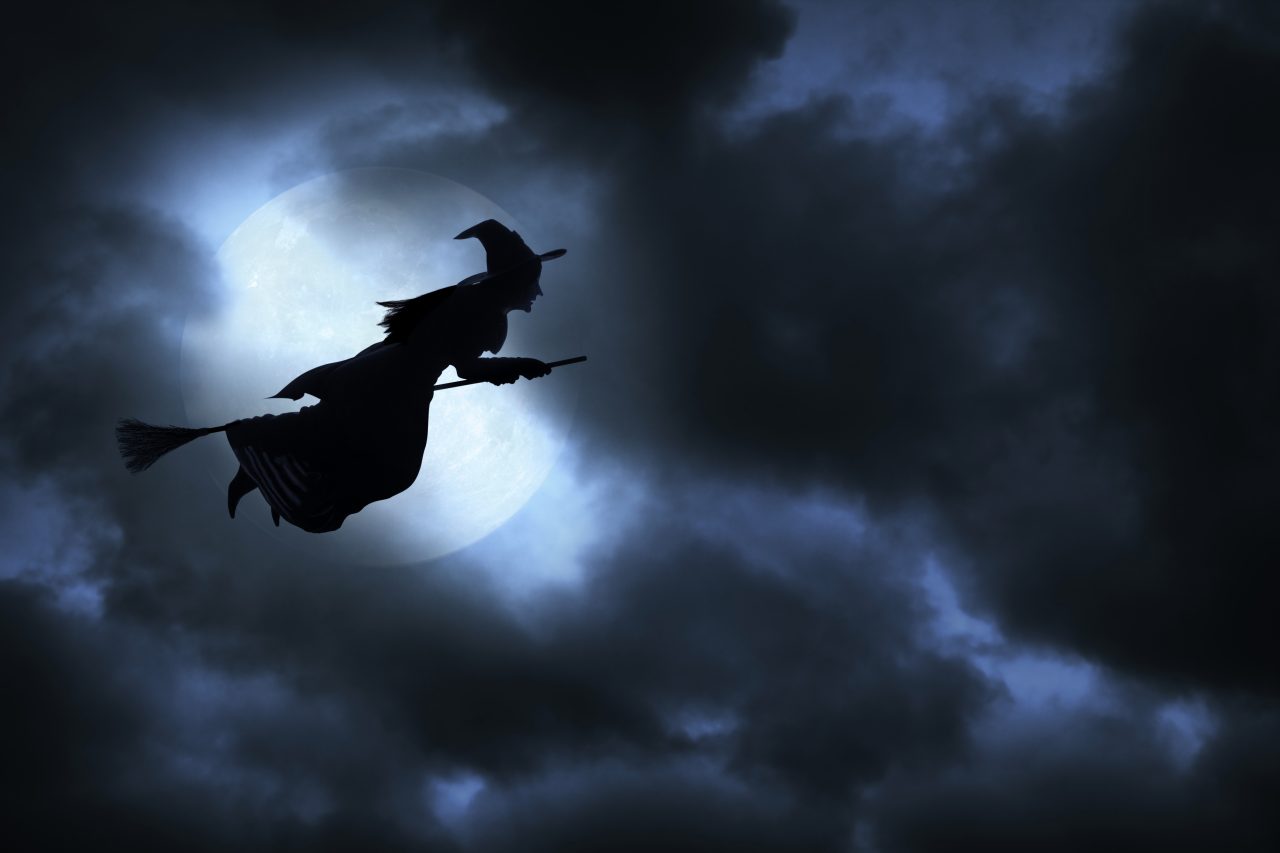
Heks

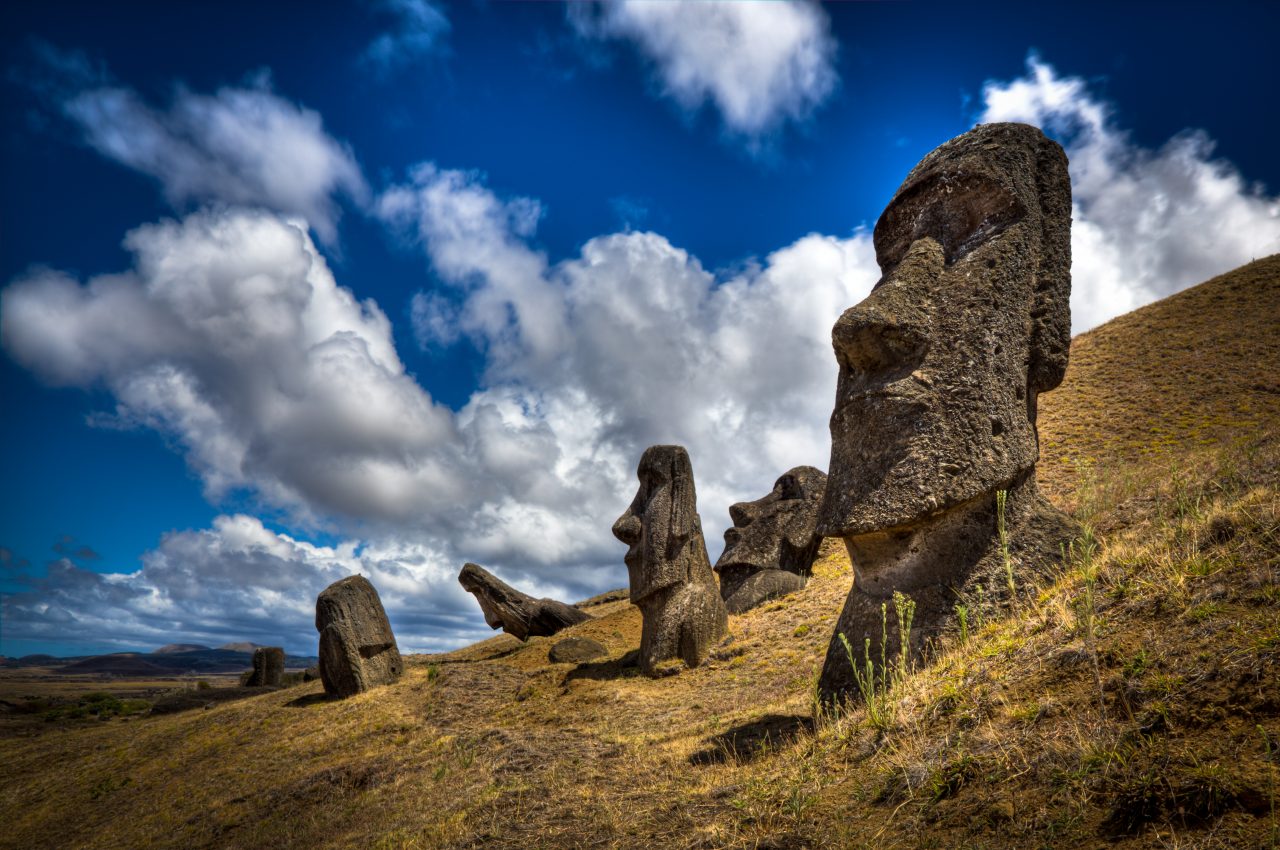
Sources:
- NRK (10.03.2021): Hvorfor legger påskeharen egg?
https://www.nrk.no/innlandet/hvorfor-legger-paskeharen-egg_-1.7056484
- Nettavisen (10.03.2021): Hvorfor legger påskeharen påskeegg?
https://www.nettavisen.no/livsstil/hvorfor-legger-paskeharen-paskeegg/s/12-95-3423661423
- The White House Historical Association (10.03.2021): What is the history of the White House Easter Egg Roll?
https://www.whitehousehistory.org/questions/what-is-the-history-of-the-white-house-easter-egg-roll
- ABC Nyheter (10.03.2021): Obama inviterte til påskemoro utenfor Det hvite hus
https://www.abcnyheter.no/nyheter/politikk/2016/03/28/195207670/obama-inviterte-til-paskemoro-utenfor-det-hvite-hus
- Aktiv i Oslo (10.03.2021): Påskekyllinger – Hvorfor har vi påskekyllinger?
https://www.aktivioslo.no/guide/paske/paskekyllinger/
- Groth, Bente: påskelam i Store norske leksikon på snl.no.
Hentet 24. februar 2021 fra https://snl.no/påskelam
- Forskning.no (10.03.2021): Pass deg for påskeheksa
https://forskning.no/historie-overtro/pass-deg-for-paskeheksa/567070
- Aftenposten (10.03.2021): Elleve tall som beskriver den norske påsken
https://www.aftenposten.no/foreldreliv/i/VbgWQ4/elleve-tall-som-beskriver-den-norske-paasken
- Thuesen, Nils Petter; Thorsby, Erik Stein: Påskeøya i Store norske leksikon på snl.no.
Hentet 24. februar 2021 fra https://snl.no/påskeøya
Media Rights:
-
-
Getty Images
-
Getty Images
-
Getty Images
-
Getty Images
-
Getty Images
-
Getty Images
-
The White House Historical Association / The Obama White House – YouTube
-
Getty Images
-
Getty Images
-
Getty Images
-
Getty Images
-
Getty Images
-

